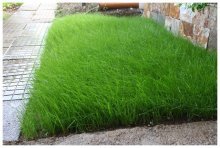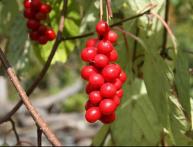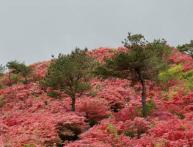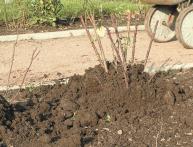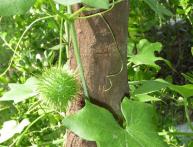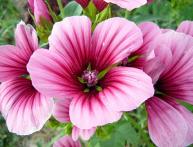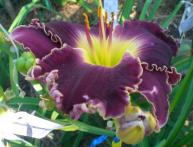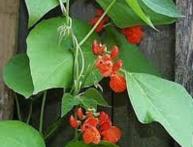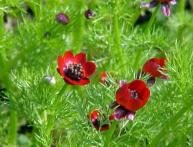Perennial ryegrass, description, purpose, varieties
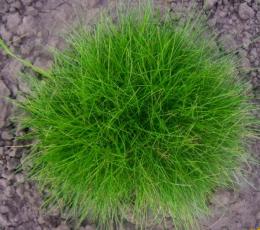
People come across a plant called perennial ryegrass quite often, without even knowing it. Throughout the extratropical space of Asia, Europe, and northern Africa, you can find the ubiquitous ryegrass or chaff. It does not grow only in the icy Arctic. Let's try to figure out what it is and whether there is benefit from such a plant.
Content:
- Chaff or perennial ryegrass, description
- Ryegrass as a valuable forage crop
- Ryegrass for lawns, varieties
Chaff or perennial ryegrass, description
Perennial ryegrass, also known as perennial ryegrass, also known as English ryegrass, is a perennial herbaceous plant. According to the botanical classification, the plant belongs to the genus Chaff from the Poaceae family, class of Monocots.
Very often the plant is found as a simple weed. It grows along roads, in any free spaces. Ryegrass reaches a height of 20 to 70 cm. Its roots are powerful and fibrous. It has a distinctive feature from other species of the genus Plevel - it has two types of shoots:
- generative
- vegetative
Whereas in other species there are only shoots generative type. The stems of perennial tares are thin and smooth. The leaves are narrow, no more than 4 mm wide. The leaf blade on the underside is glossy, smooth and shiny. The upper part is matte, green with a bluish tint. The leaf may be red at the base.
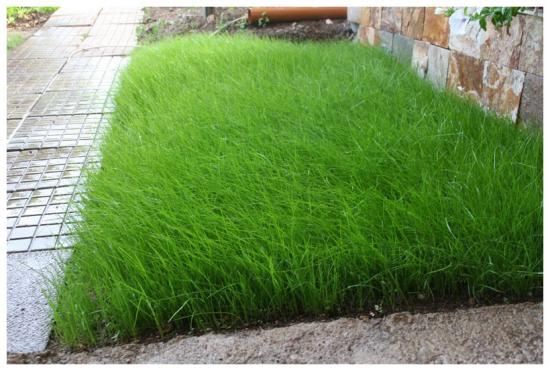
The inflorescence is a complex spike. Small spikelets are alternately located on the sides of the spike axis.The ear itself is located at the very top of the shoot. Its length is on average about 10 cm, although it can be 15 cm. Each spikelet is covered with a covering scale and bears up to a dozen flowers.
The fruits of ryegrass are grains. In most climate zones, the plant blooms in the first half of June. Its flowering continues even at the beginning of autumn.
During the same period, the grains ripen. The use of ryegrass is primarily associated with its unique properties of growing back very quickly and smoothly after:
- mowing
- eating agricultural animals
- trampling
- abrasion
- sowing seeds
Based on its properties, perennial ryegrass has the following uses:
Ryegrass as a valuable forage crop
Ryegrass is widely used in hay and pasture farming. Its root system and metabolic processes allow it to extract the maximum amount of macro-microelements from great depths. After sowing, five to six weeks later the ryegrass is ready for its first mowing or grazing.
In good weather and proper mineral fertilizing, you can mow ryegrass three or even four times during the season. A particularly large increase in green mass is observed in the first two to three years. When applying large amounts of nitrogen, it can behave aggressively towards other crops.
Video about lawn grass care:
Perennial ryegrass is sown as a forage crop before winter. In spring it sprouts or grows back very early. After mowing or eating, there is a high mortality rate, that is, restoration of the ground parts. When inflorescences form, palatability decreases.Therefore, those varieties that have the lowest flowering capacity and the highest blooming capacity are of value.
The following varieties have been bred and recommended for cultivation as a fodder crop:
- Weimar, which does not form inflorescences in the year of sowing, produces a maximum of 66.1 c/ha of dry matter. Recommended for cultivation in the Middle Volga region.
- Zharan, maximum dry matter yield 50 c/ha, blooms in the second year, early variety, recommended in the Central region.
- Kantar showed a maximum yield of 69 c/ha of dry matter. Recommended for the Central region.
- Baby, the variety has a weak ability to form inflorescences. Recommended for cultivation in the Volga-Vyatka and North-Western regions. Dry matter yield up to 51 c/ha.
Almost all varieties are capable of quickly forming dense turf. This is the basis for the use of ryegrass as a lawn covering.
Ryegrass for lawns, varieties
Ryegrass has proven itself well both on the lawns of small garden plots and in large areas, including on the turf of sports fields:
- football
- tennis
- volleyball
- for golf
Despite the creation of many artificial surfaces, natural surfaces created by seeding grass are still valued in the world of sports. As a rule, lawns for recreation and sports are sown with both a mixture of lawn grasses and a monoculture. Ryegrass is included in many grass mixtures labeled “sport”. The content of its seeds reaches 20 - 60% in such lawn mixtures like:
- Grass fix, 60%
- Golf master, 20%
- Sports, 45%
- Sports master, 45%
- Sunshine, 30%
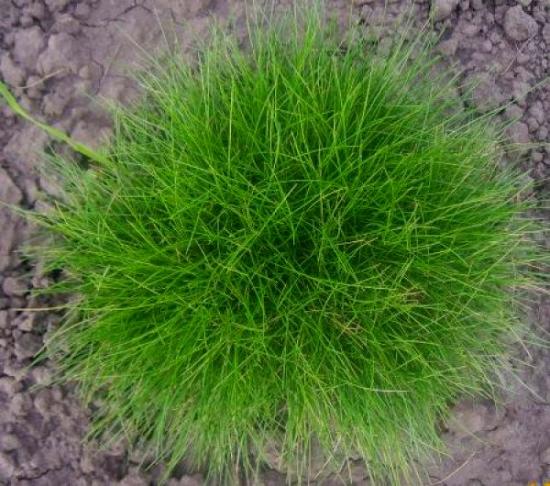
The following varieties of ryegrass are most often included in lawn mixtures for sports:
- Henrietta
- Greenfield van
- Roadrunner
For house and park lawns, we can recommend varieties whose main properties are:
- decorativeness
- abrasion resistance
- growth rate
- turf formation
- grass density
- frost resistance
- drought resistance
It is worth paying attention to varieties domestic selection:
- Phoenix, recommended for the Central and Northwestern regions; in the first year the bushes are semi-creeping.
- Leningradsky, for the North-Western region, semi-erect bush, light green leaves.
- Cinderella, low bushes, has good frost and drought resistance, and grows back quite slowly after mowing.
- Voronezh, high shoot formation, resistant to cutting and mowing.
Both in pastures and lawns, ryegrass can be sown in very sparse areas, which makes it convenient to use for these purposes.

